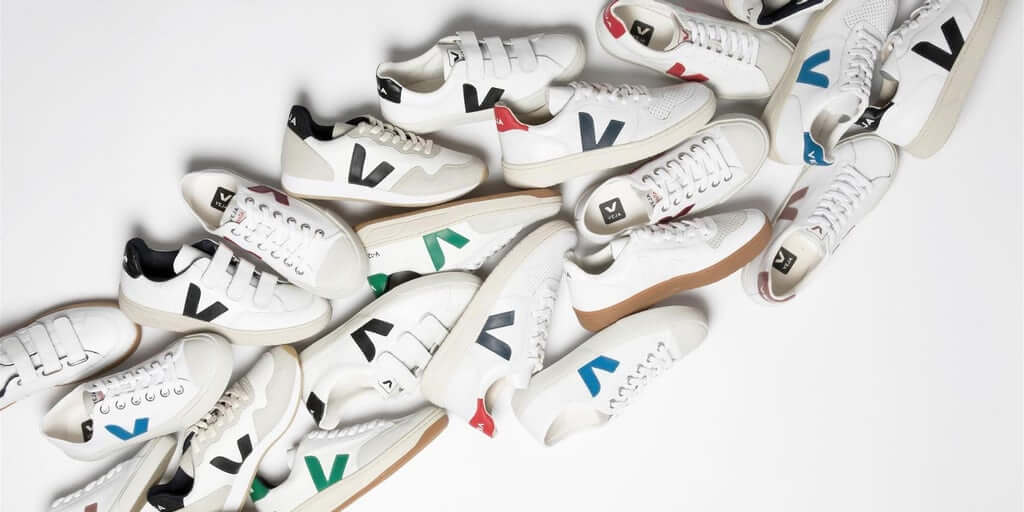In fashion industry circles, Veja has a reputation as the “green” luxury sneaker, made with sustainable materials in a transparent supply chain. But when sales took off a few years ago, thanks to better distribution and some prominent admirers, most of the new customers didn’t have a clue about how the shoes were made. And co-founder Sébastien Kopp says he’s just fine with that.
“There is only 15 percent that knows where Veja comes from,” said Kopp, who co-founded the brand with François-Ghislain Morillion in 2004. “The other people buying Veja, they don’t know.”
Kopp and Morillion said they were content to be a niche label, in part because the raw materials they used were hard to find in large quantities. But about three years ago, growth accelerated, with sales soaring 70 percent to €30 million ($34 million) in 2018. They’ve now sold over three million pairs of Vejas, with new stockists like Net-a-Porter and Harvey Nichols reporting strong turnover since adding the brand last year.
Veja is not the only sustainable shoe brand making waves. Allbirds and Rothy’s, two younger San Francisco-based brands, have created products that have been instant commercial hits. Rothy’s, which was founded in 2016 and is currently only available in the US and China, did $140 million in sales last year, while Allbirds, also launched in 2016, has reportedly sold over $200 million of shoes over the past two years, according to The Wall Street Journal.
These three brands have cracked the formula for creating ethical shoes that are also money spinners: sustainability isn’t the main selling point; it’s the cherry on top. Sustainable fashion has to “work” by first delivering on style or comfort, and at a price point that’s competitive with rival brands that aren’t experimenting with recycled plastic or environmentally friendly wool.
“You always hear this statistic that millennials want to vote with their dollar and that they want brands to align with what their values are. And that is not the case,” said BPCM co-founder Carrie Ellen Phillips, who leads the agency’s new sustainability division. “They will not sacrifice the look or the quality. The style is the most important thing for them. And quality tends to be secondary.”
Read more from Business of Fashion here
Words: businessoffashion.com




